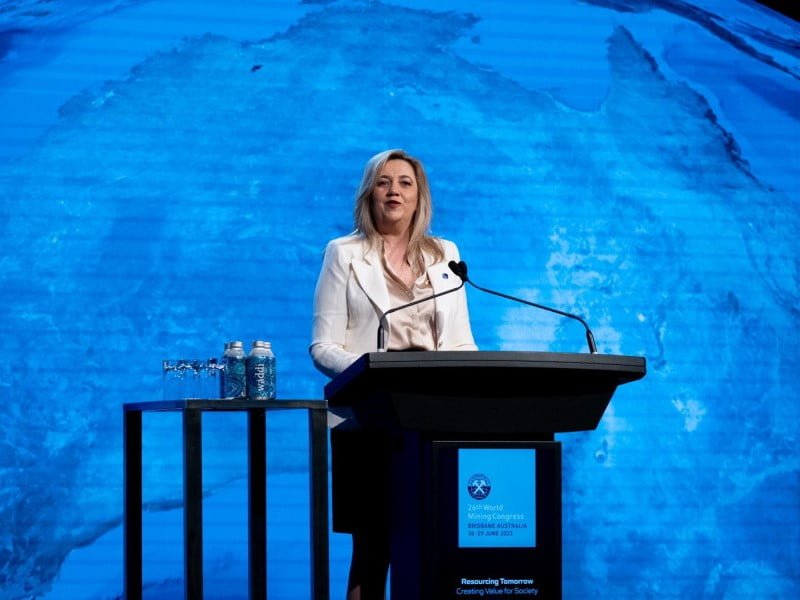The Queensland government will establish a new office to drive critical minerals development in the state and oversee the delivery of a new critical minerals strategy that synthesises support for the sector.
The Critical Minerals Office will become the central contact point for stakeholders, work to leverage bilateral trade agreements and international finance, and facilitate industry and government investment in research and development.
Queensland Premier Annastacia Palaszczuk announced the new office and critical minerals strategy at the World Mining Congress in Brisbane on Tuesday, a week after the federal government launched its national critical minerals strategy.
The Queensland strategy earmarks funding for new initiatives valued at $144 million, although details on many of the initiatives are yet to be finalised.

The four key objectives of the strategy are to ‘move faster, smarter’, maximise investment, build value chains, and to foster research and environmental, social and governance (ESG) excellence.
Premier Palaszczuk said the strategy was important to help grow critical minerals industries, “not just mining the raw materials but also being able to process it and manufacturing renewables right here in Queensland”.
“I want Queensland to be a global leader, supplier and manufacturer of critical minerals and this strategy will help us achieve that,” she said.
New commitments in the strategy include rent reductions for exploration permits, the establishment of critical minerals zones, and research targeting waste tailings.
Rent for new and existing exploration permits will be waived for the next five years, which is the equivalent of $55 million in forgone revenue.
The critical mineral zones will be designated where critical minerals projects are co-located in a regional area in collaboration with the community, First Nations peoples, and industry.
Work to establish critical mineral zones will begin at Julia Creek/Richmond to focus on vanadium, while a second around Mount Isa will focus on prospectivity in mine waste. The government will also consult on the location of other critical mineral zones, including a focus on silica at Cape Flattery.
Details on what actions the government will take following the designation of a critical mineral zone are not outlined in the strategy, but it will at least commit $75 million “to support investment and renewed focus in advancing critical minerals projects”.
There is also a $5 million commitment through the Collaborative Exploration Initiative to support operations activities seeking to commercialise critical mineral opportunities present in mine-waste.
In line with the strategy’s objective to foster research and ESG excellence, the state government flagged it would commit $8 million to undertake research and development in circular economy and mineral discovery, extraction, processing and recycling, and develop a research institute–government minerals alliance.
A model for collaboration will also be investigated by the state government for establishment between the Sustainable Minerals Institute at the University of Queensland with other research institutions.
The previously announced $100 million Critical Minerals and Battery Technology Fund managed by the Queensland Investment Corporation is also included in the strategy.
Expressions of interest for both the grant stream, which awards up to $2 million, and the investment stream, which awards equity and/or debt investments up to $30 million, are now open.
The state government remains committed to constructing a $75 million critical minerals processing demonstration plant for common use in Townsville and previously released a broader resources industry development plant in June 2022 alongside $68.5 million in support.
Do you know more? Contact James Riley via Email.

